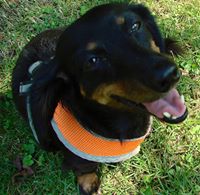In which country is Cape Kidnappers?
Cape Kidnappers or Te Kauwae-a-Māui is a sandstone headland at the southeastern extremity of Hawke's Bay on the east coast of New Zealand's North Island and sits at the end of an 8 kilometres (5.0 mi) peninsula which protrudes into the Pacific Ocean. It is 20 kilometres (12 mi) south-east of the city of Napier. The headland was named after an attempt by local Māori to abduct a member of Captain Cook's crew aboard HMS Endeavour.
Cook described the cape as having steep white cliffs on either side, with two large rocks resembling hay stacks near the headland. Following the passage of the Heretaunga Tamatea Claims Settlement Act 2018, the name of the headland was officially altered to Cape Kidnappers / Te Kauwae-a-Māui. The Māori portion of the name refers to 'the fish hook of Māui'.
The cape has been identified as an Important Bird Area by BirdLife International because it is a breeding site for over 3000 pairs of Australasian gannets.The cape is home to the largest and most accessible gannet colony in the world. The 13 hectare reserve includes the Saddle and Black Reef gannet colonies.
The other major attraction at Cape Kidnappers is the golf course.The sixth hole is widely regarded to be one of the great golf holes of the world.
More Info:
en.wikipedia.org





